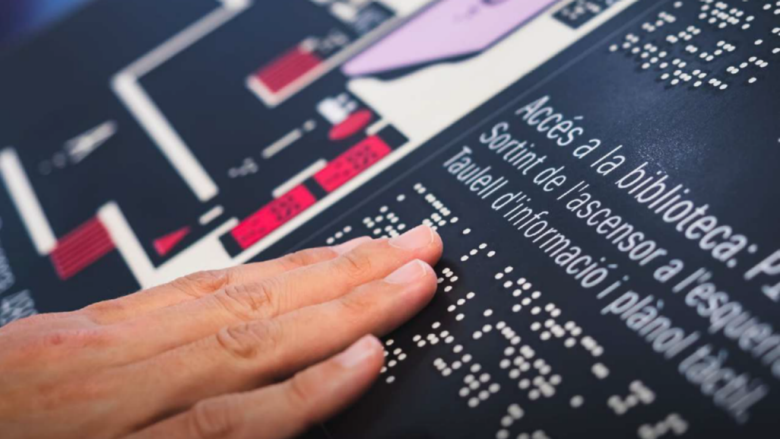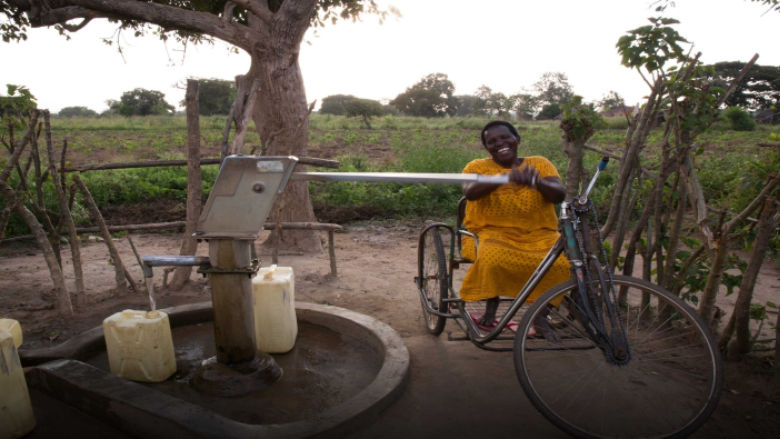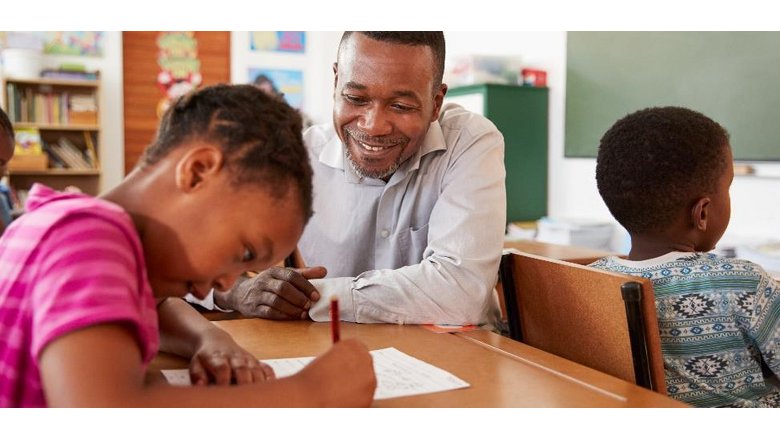Purpose of the Technical Note
This Note describes various accessibility barriers, recommendations, methodologies, and strategies, with a particular focus on persons with disabilities. However, as highlighted throughout the entire document, it is stressed that accessibility is a universal issue that concerns a much larger population and intersects with other identities, including those of children, older persons, persons who have terminal or transient illnesses/diseases, women and girls, Indigenous Peoples, youth, sexual and gender minorities, people with temporary injuries, and mothers/fathers/caregivers using strollers and other supportive devices to carry their children.
The Technical Note on Accessibility is primarily meant for World Bank Task Team Leaders (TTLs), Project Implementing Units (PIUs) and Environmental & Social (E&S) specialists. However, it can also serve as a reference for other internal teams that are working on accessibility issues with the private sector (for example with the International Finance Corporation, IFC), and the procurement sector, as well as for the Bank’s development partners, borrowing countries, nongovernmental organizations (NGOs), and organizations of persons with disabilities (OPDs). This Note focuses primarily on Investment Project Financing (IPF).






